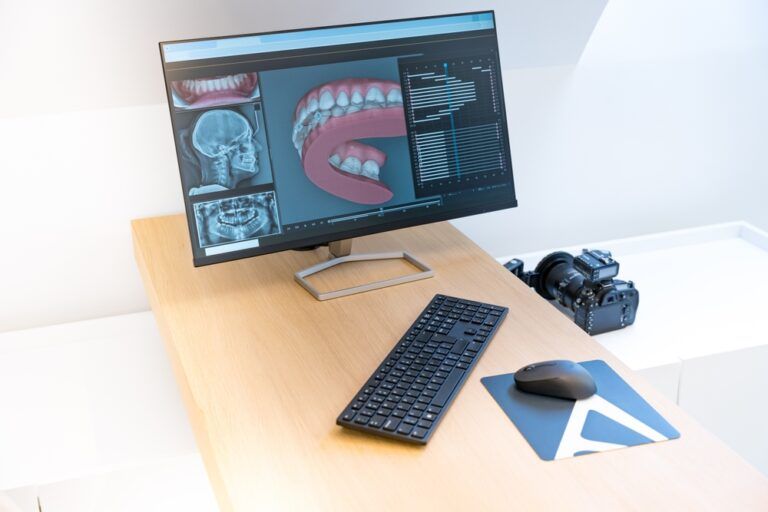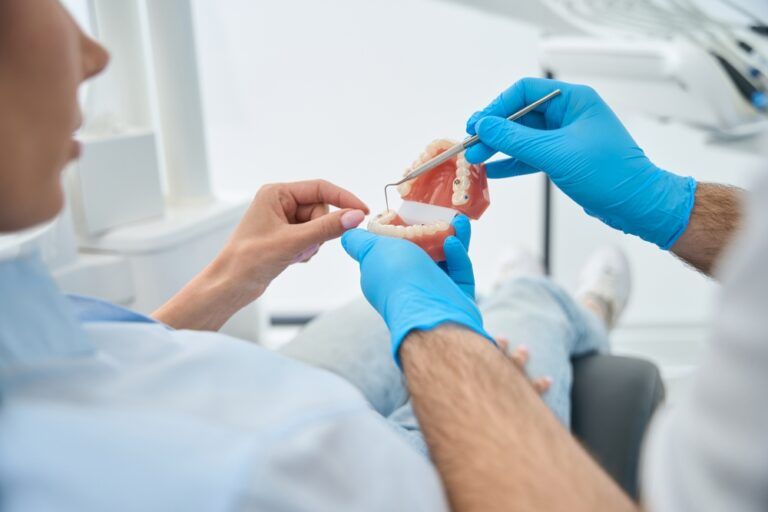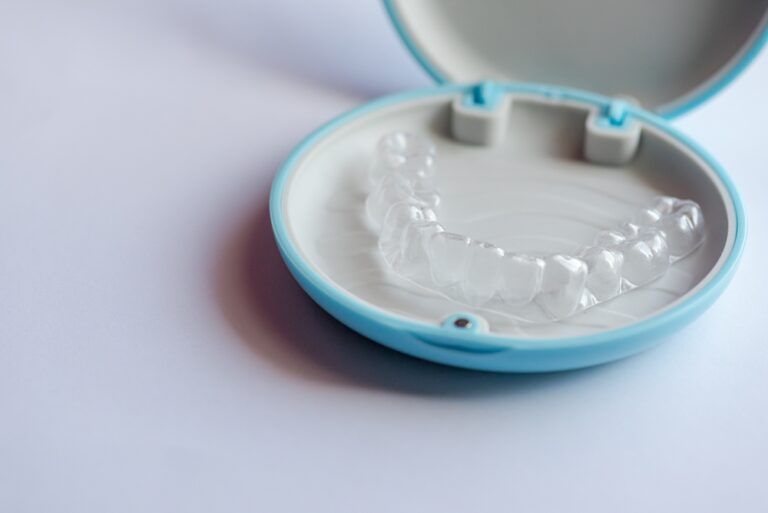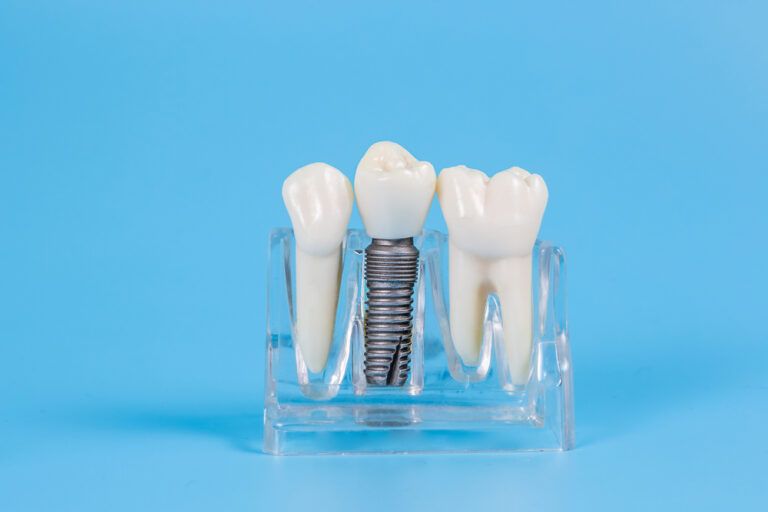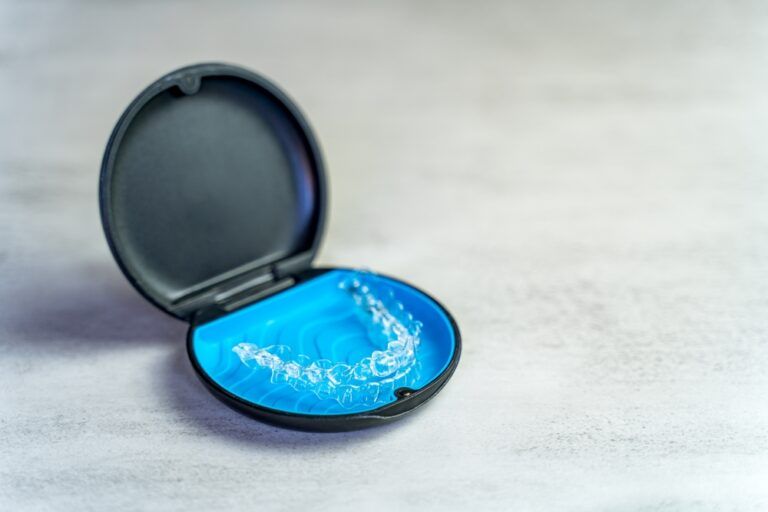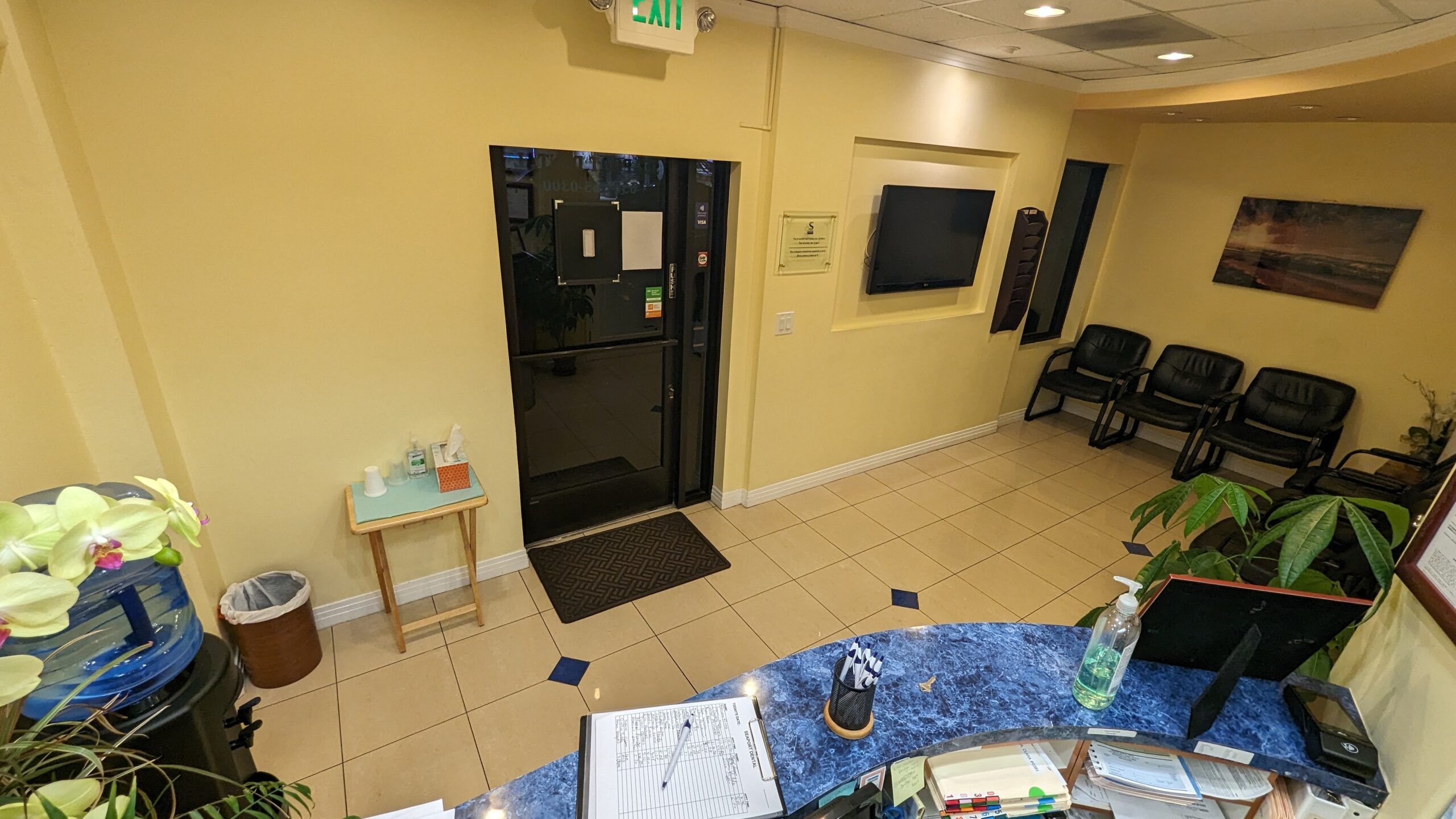A broken tooth can happen unexpectedly, whether it’s from biting into something hard, an accident, or an untreated cavity. Regardless of the cause, dealing with a broken tooth can be both painful and distressing. Knowing what to do in the immediate aftermath and understanding the available solutions can help you manage the situation effectively and restore your smile. This blog will guide you through the steps to take when you break a tooth and explore the treatment options available at Seaport Family Dental.
Immediate Steps to Take When You Break a Tooth
The first moments after breaking a tooth are crucial for minimizing damage and pain. Here are the immediate steps you should take:
1. Save Any Fragments
If possible, collect any pieces of the broken tooth. These fragments may be useful to your dentist in assessing the extent of the damage or even in restoring the tooth.
2. Rinse Your Mouth
Gently rinse your mouth with warm water to clean the area and remove any debris. This helps prevent infection and allows you to assess the injury more clearly.
3. Stop Any Bleeding
If your broken tooth has caused bleeding, apply gentle pressure with a piece of gauze or a clean cloth. Hold it in place until the bleeding stops, which typically takes a few minutes.
4. Apply a Cold Compress
Place a cold compress on the outside of your cheek near the broken tooth. This will help reduce swelling and numb the pain while you wait to see your dentist.
5. Take Pain Relief
Over-the-counter pain relievers, such as ibuprofen or acetaminophen, can help manage discomfort. Avoid placing aspirin directly on the gums, as it can cause irritation.
6. Protect the Tooth
If the break has created a sharp edge, cover it with sugarless gum, dental wax, or a piece of gauze to protect your tongue and cheek from cuts.
Treatment Options for a Broken Tooth
Once you’ve managed the immediate situation, it’s essential to seek professional dental care as soon as possible. At Seaport Family Dental, Dr. Steve Deng offers a range of solutions depending on the severity and location of the break.
1. Dental Bonding
For minor chips or cracks, dental bonding is often the simplest and most effective solution. During this procedure, a tooth-colored resin is applied to the damaged area and then shaped and polished to blend seamlessly with your natural tooth. Bonding is typically quick and painless, making it an ideal choice for small repairs.
2. Dental Crowns
If a large portion of your tooth is broken or the tooth is weakened, a dental crown may be necessary. Crowns are custom-made caps that cover the entire visible portion of the tooth, providing strength and protection. Made from materials like porcelain or ceramic, crowns are designed to match the color and appearance of your natural teeth.
3. Veneers
For front teeth that are visibly damaged, veneers offer an excellent aesthetic solution. Veneers are thin shells of porcelain or composite resin that are bonded to the front surface of the tooth. They can effectively cover cracks, chips, or discoloration, restoring both function and appearance.
4. Root Canal Therapy
If the break extends into the pulp (the inner part of the tooth containing nerves and blood vessels), root canal therapy may be required. This procedure involves removing the damaged pulp, cleaning and disinfecting the root canals, and then sealing the tooth to prevent further infection. After a root canal, a crown is usually placed on the tooth to restore its strength.
5. Dental Implants
In cases where the tooth is too severely damaged to be saved, extraction may be necessary. A dental implant is often the best option for replacing a missing tooth. Implants involve placing a titanium post into the jawbone, which acts as a replacement root. A crown is then attached to the post, providing a durable and natural-looking solution.
Preventing Further Damage
After a broken tooth has been treated, it’s important to take steps to protect your other teeth and avoid future issues. Here are some preventive measures:
1. Wear a Mouthguard
If you participate in sports or grind your teeth at night, wearing a mouthguard can help protect your teeth from injury. Custom-fitted mouthguards offer the best protection and comfort.
2. Avoid Hard Foods
Be mindful of what you eat, avoiding hard foods like ice, popcorn kernels, and hard candies that can crack or chip your teeth. Also, refrain from using your teeth to open packages or bottles.
3. Maintain Regular Dental Check-Ups
Regular visits to Seaport Family Dental allow Dr. Steve Deng to monitor your oral health and catch potential problems before they become emergencies. Routine cleanings and exams are essential for keeping your teeth strong and healthy.
Long-Term Care After a Broken Tooth
Once your tooth has been repaired, it’s important to follow your dentist’s recommendations for care and maintenance. Depending on the treatment you received, this may include avoiding certain foods, using specific oral care products, or scheduling follow-up visits.
If you’ve received a crown or veneer, maintaining good oral hygiene is crucial. Brush and floss daily to keep the area around the restoration clean. Avoid biting into hard objects directly with the treated tooth, and consider using a night guard if you grind your teeth.
Even after treatment, it’s important to be vigilant for any signs of complications, such as persistent pain, swelling, or sensitivity. If you experience any of these symptoms, contact Seaport Family Dental immediately for an evaluation.
Restoring Your Smile with Confidence
Dealing with a broken tooth can be stressful, but with the right care and treatment, you can restore your smile and protect your oral health. At Seaport Family Dental, Dr. Steve Deng and his team are dedicated to providing personalized care that meets your needs. Whether it’s a minor chip or a more severe break, we have the expertise and technology to restore your tooth’s function and appearance.
Sources:
- Sakaguchi, R. L., & Powers, J. M. (2012). Craig’s Restorative Dental Materials. Elsevier Health Sciences.
- Kinane, D. F., & Hart, T. C. (2003). Genes and gene polymorphisms associated with periodontal disease. Critical Reviews in Oral Biology & Medicine.
- Giannobile, W. V., & Lang, N. P. (2016). Clinical Periodontology and Implant Dentistry. Wiley-Blackwell.


